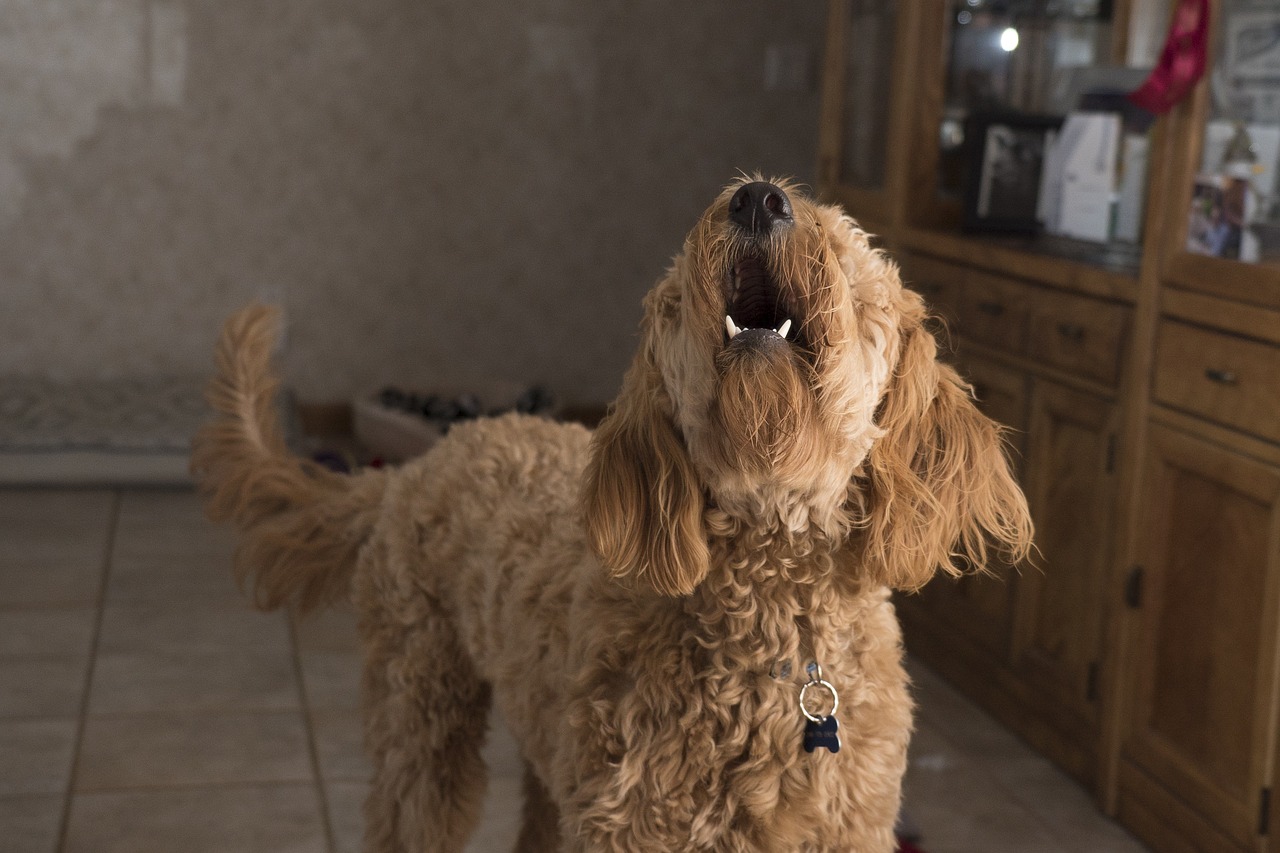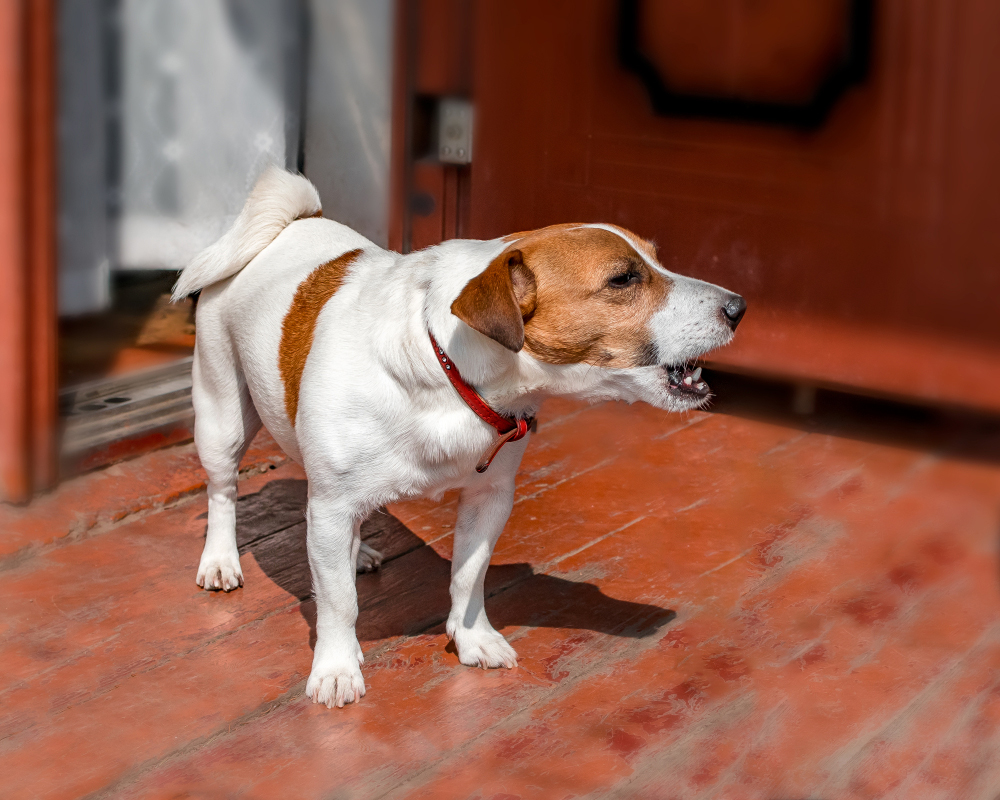Do Canines Have Vocal Cords? Canine Vocalization Defined (Vet-Reviewed) – Dogster
We have now a novel relationship with our canine companions due to our capacity to speak with our pets. Canines can interpret and reply to our feelings. Some canines, like Siberian Huskies, seemingly sing and “discuss” with their vocalizations. You may even see one thing comparable of their wild counterparts, just like the howling and yelping of wolves and coyotes. This will make you surprise how canids could make so many sounds.
Canines, like folks, have vocal cords or “folds”. Auditory communication begins within the larynx or voice field. Apparently, the canine and human buildings are comparable, making them useful analysis fashions. Canids talk in varied methods, and sound is only one kind. Nonetheless, it speaks to the influence of domestication and the way it has influenced canine conduct.


Canine Anatomy and Barking
Let’s start with the anatomy that makes canine communication attainable. The glottis describes the opening between the vocal folds. It’s broad when the animal is respiration, however vocalization alters the width of this passage to provide varied sounds. A number of automated responses happen in succession, beginning with the narrowing of the glottis by the motion of the vocal cords.
Canids exhale as they vocalize, the air pushed out from the lungs reaches the glottis and vocal folds inflicting them to vibrate and thus producing sound waves. The canine’s cranium and its buildings additional affect what you’ll hear. Your pup’s tongue, lips, and mouth additionally get in on the act, all affecting the depth, quantity, and pitch of the ensuing sounds. Your pet isn’t totally different from you in that the animal should shut off the passage to the esophagus and abdomen whereas they vocalize.


Influencing Elements
Different elements that have an effect on the scale and size of vocal cords affect the vocalizations, beginning with the animal’s age and measurement. A pet sounds very totally different from an grownup. Likewise, there’s no mistaking the bark of a Saint Bernard versus the yips of a Chihuahua.
Genetics and selective breeding play evident roles within the kind and use of barking. Consider a guardian canine just like the Nice Pyrenees. They aren’t noisy pets, so once they bark, it’s to alert their homeowners of one thing. Distinction this conduct with an American Foxhound that historically hunted in teams. These pups are fairly vocal, and domestication inspired canines to behave in these methods.
We will additionally take into account the person animal. Each day exercise and early optimistic socialization could make a pup much less prone to bark at a passerby as a result of they’re much less fearful. Coaching may affect canine conduct if a pet is taught to remain quiet. We should have a look at the context. Do not forget that canines can learn human feelings and reply accordingly, whether or not it’s playtime or a menace.
The vocal cords will get fairly a exercise if the animal is happy or offended. In spite of everything, our pets are able to a number of feelings. The canine’s different actions involving the mouth, lips, and tongue can intensify the sounds they’re making. In fact, the canine’s respiration and coronary heart price are undoubtedly racing in these excessive conditions, including extra gas to the fireplace.


Canine Vocalization and Communication
Canines have some ways of speaking with their homeowners that transcend utilizing their vocal cords. Physique language is much more descriptive than what the animal is saying acoustically. Consider the raised neck hair on a growling canine. Or take into account a pup rolling on their again, exposing their stomach as they whine. Communication is advanced with our canine companions in methods we’re nonetheless studying about. Let’s evaluate our respective vocal cords.
We talked about the similarities between the buildings in people and canines. How does that have an effect on their output? We consulted the Guinness World Data for the inside track on which might make the loudest sound. The document for an individual is 129 decibels (dB).1 A Golden Retriever named Charlie captured the prize on the canine entrance with a bark of 113.1 dB.2 To place it in perspective, a motorbike is about 100 dB.
It makes evolutionary sense that canines have loud barks. Lengthy-distant vocalization is one very important type of communication they use to seek out each other and keep away from conflicts with interlopers of their territories. We mentioned how our canine companions talk with us and the affect of domestication. What different impacts has selective breeding had on our pets?
One research examined the results on home canines’ responses to wolf howls. Do not forget that the 2 species share a typical ancestor and have comparable behaviors. The researchers discovered that canines with lineage from historical breeds have been extra prone to react to howls, suggesting a notable impact on canine communication due to domestication.


Nuisance Barking
Vocalization involves the forefront when contemplating its results on the human-canine relationship. That spotlights the motion of the vocal cords with regards to nuisance barking. It’s an lively space of analysis due to its affect on pet relinquishment. One research2 examined danger elements of nuisance barking. The scientists recognized a number of elements, together with youthful canines, multiple canine within the family and people of herding breeds.
Unsurprisingly, nuisance barking has different unintended penalties. One group of researchers studied reactions to the sounds of canines barking and crying infants and located subsequent damaging results on cognitive talents. This apart, nuisance barking is the reason for important misery for neighbors and might result in noise complaints. There are authorized limits as to how lengthy a canine may be left to bark earlier than some-one is entitled to make an official criticism, typically across the 10 minute mark relying on every state.
There’s a lot that may be performed to mitigate extreme barking however it might take time, effort and constant optimistic reinforcement. Environmental administration can profoundly have an effect on outcomes and the animal’s high quality of life. Typically, canines left alone outdoor could bark out of frustration, others could bark at each individual they see strolling by. Figuring out the triggers for the barking and correcting these points can present a wonderful answer. Behavioral modification utilizing optimistic reinforcement can quiet a loud pet and nurture the bond between the canine and caregiver.
Canine Devocalization
There may be quite a lot of controversy surrounding canine devocalization or ventriculocordectomy. Also called debarking this entails the surgical removing or everlasting injury of the vocal cords. Proponents cite an efficient repair to an annoying drawback that may have authorized implications. Additionally they level to the canine’s advantages of staying of their residence. Opponents level out that the process solely treats the indicators and never the reason for the undesirable conduct. Surgical procedure additionally carries well being dangers and must be an absolute final resort and never a call of comfort.
Debarking of canines is against the law in lots of nations. Opposition to the removing of an vital a part of anatomy and rising consciousness is popping the tide on the acceptability of the process within the US.
We agree with the latter place. Canines bark; it’s how they convey. So, it’s as much as the homeowners to offer enough psychological and bodily stimulation, care, practice and socialize their pets. Many sources exist to assist with troubled animals, beginning along with your vet. They’ll refer you to veterinary behaviorists who may also help discover a answer that doesn’t contain relinquishment or surgical procedure.




Remaining Ideas
Canines, like people, have vocal cords. They serve the identical function for them as they do for us. They permit us to speak. Vocalizing has been an integral a part of our relationship since domestication. For good or dangerous, our pets make a lot of sounds, whether or not warning us of hazard or barking out of boredom. Folks should perceive their dedication to pet possession and search assist earlier than nuisance barking turns into an issue.
Featured Picture Credit score: SunyawitPhoto, Shutterstock

